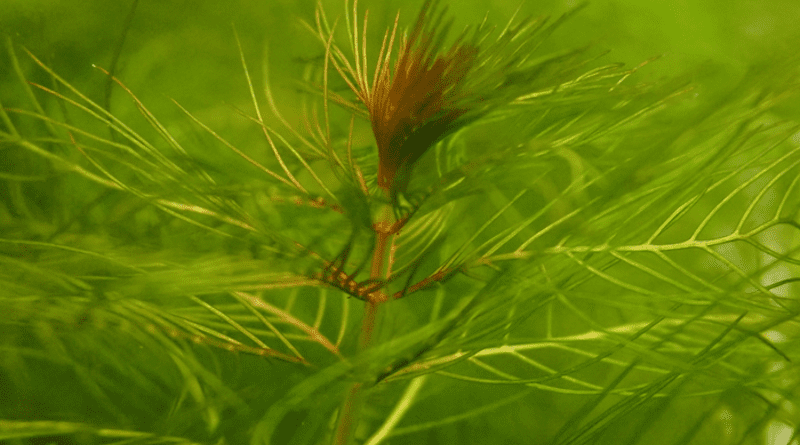Research Sheds Light On Watermilfoil Management
Eurasian watermilfoil is a widespread invasive weed found in many lakes, ponds and other bodies of water. It can form dense mats that overtake native plants, destroy wildlife habitats and inhibit water sports.
Eurasian watermilfoil is also known to crossbreed with native varieties of northern watermilfoil to create new hybrids, which many assume are more invasive than the Eurasian watermilfoil parent. A recent study featured in the journal Invasive Plant Science and Management, though, challenges that commonly held assumption.
Researchers from Montana State University determined that not all hybrid genotypes are faster growers than the Eurasian watermilfoil parent. The team also found there was no variation in how Eurasian watermilfoil and hybrid plants responded to treatment with 2,4-D. Fast-growing genotypes in control tanks tended to be fast growers in treatment tanks – regardless of their taxon.
What do the results mean for effective weed management? “Rather than focusing solely on control of hybrids, fast-growing genotypes should become a top priority for treatment, regardless of their taxon,” says Hannah Hoff, a research associate at Montana State University.
The authors also say that if a particular genotype is identified as a relatively fast grower, treatment with alternatives to 2,4-D may result in improved control.

